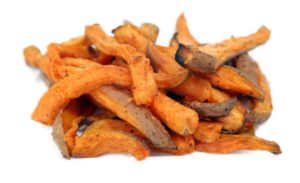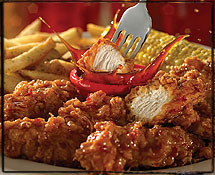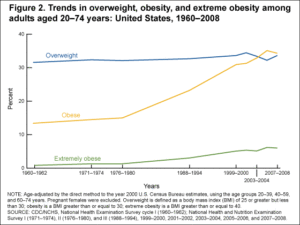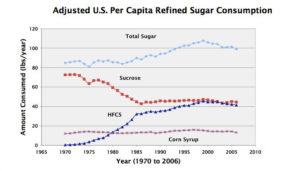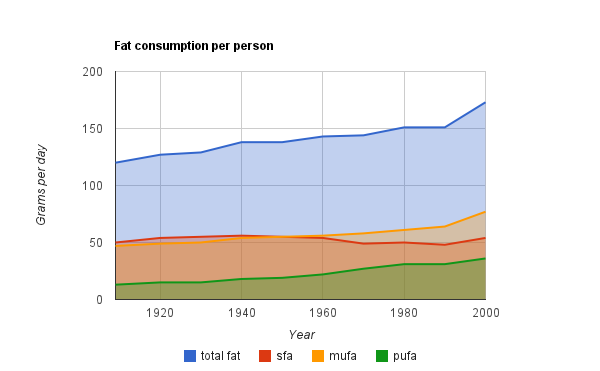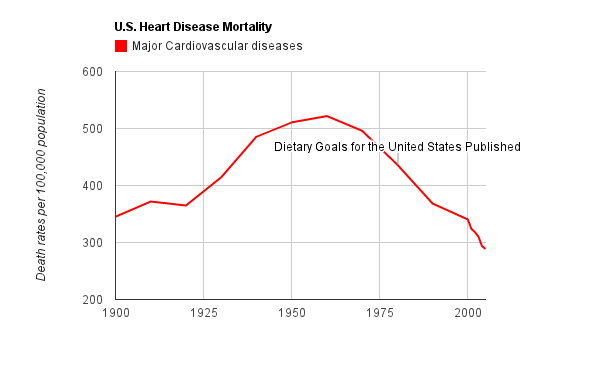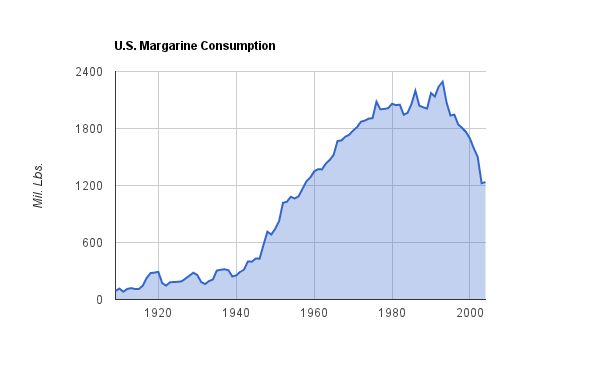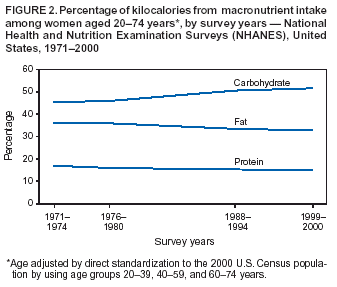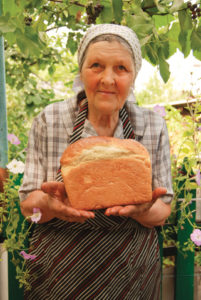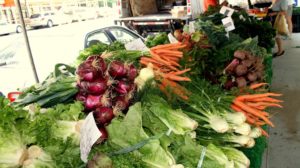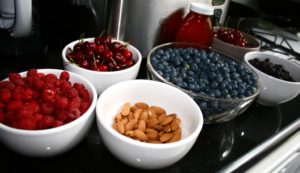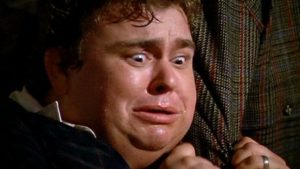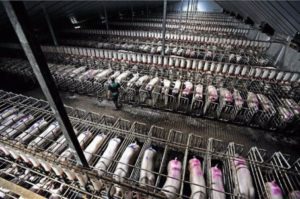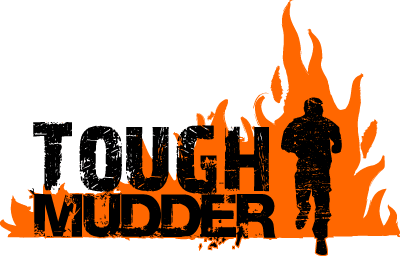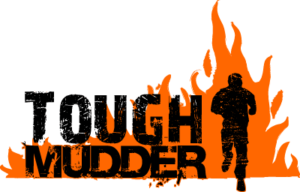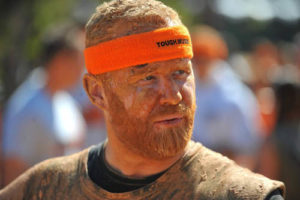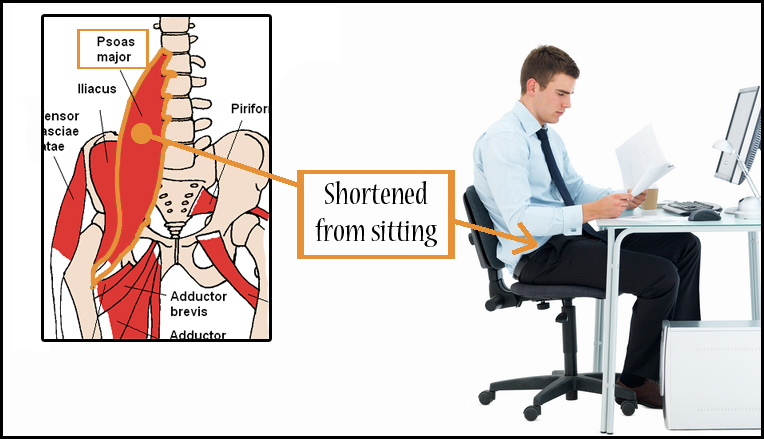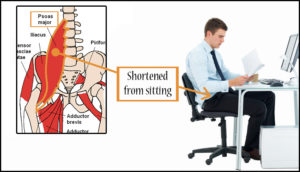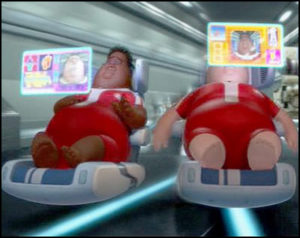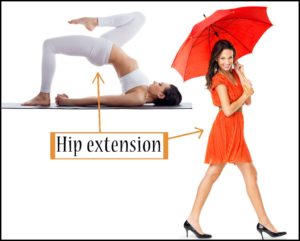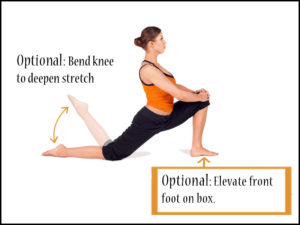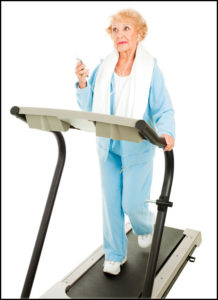First, do some math. How many weeks until “the event?” If that number is greater than or equal to the number of pounds you’d like to lose, a crash diet may be overkill. An easier, slower approach averaging a pound per week is probably more sustainable.
Still here? You really wanna do this? Ok. Read The Rapid Fat Loss Handbook: A Scientific Approach to Crash Dieting
Crash Without Crashing
The worst way to diet is to eat very little food without a plan. If your body suspects there’s a famine, it will defend fat tissue and cannibalize muscle. Muscle is where you burn much of your energy, and simply having more of it increases energy expenditure, partly because there’s just more of you to move around. During starvation, the body seeks to lower energy expenditure to save your life. It considers muscle expensive and expendable. You’ll see initial weight loss because losing muscle rapidly moves the scale. But this lowers metabolic rate, which slows fat loss.
Dropping quickly from your normal weight triggers homeostatic defense mechanisms. Appetite surges and chronic fatigue sets in. At night you may dream of food. Sex drive may plummet. Menstruation may stop. (If you’re currently dieting hard and have noticed symptoms like these, see a doctor, and have a burger.) The worst part is that once you start eating again, which you will, you’ll regain fat with blinding speed because your metabolic rate is still depressed.
Prioritizing protein can mitigate these effects. Muscle is protein, so eating it will help prevent a metabolic slowdown. This also curbs appetite because protein is the most satiating macronutrient. Digesting it is costly, netting only about 70% of ingested calories. In the absence of fat and carbohydrate, protein provides energy. But it’s less efficient, requiring an expensive conversion to glucose that further contributes to the caloric deficit. If the only fuel we required was fat, we would just do an actual fast, which would probably be easier than dieting. But we need a bit of glucose every day, mainly for the brain. In a fasted state, the body would generate it by breaking down muscle, which we can’t permit due to deleterious effects on metabolic rate. But you’ll be throwing yourself a bone with high amounts of protein, so your body will leave you alone.
Prepare for Blandness
In other words, you’ll eat protein. What you won’t eat is fat or carbohydrate, at least not in quantities resembling anything like your normal intake. This diet throws everything overboard that isn’t pulling it’s weight. The remaining nutritional bases to cover are vitamins, minerals, essential fatty acids, and fiber. We’ll get the micro-nutrients from veggies and maybe one egg yolk and supplements. Fish oil is needed for the omega-3’s if you can’t find salmon.
Now the good news. Even with the protein, subsisting on such little energy won’t work forever. The body would get wise and drop your metabolic rate. This is why feasts and diet breaks are required. For the carb lovers out there, these are joyous occasions. Bring on the pancakes.
Welcome to the Protein Sparing Modified Fast (PSMF), the dirty secret of models, bodybuilders, actors, and athletes. Oh, and explorers. They called it rabbit starvation and almost died from it, but didn’t they just look fabulous!
-
-
Protein.
Set your daily intake between .75 and 1.5 grams per pound of body weight. A person who weighs 150 lbs. would eat between 112 and 225 grams of protein per day.
Eat on the low end if you are obese. If you’re already lean but “cutting up” eat on the high end. If you’re somewhere in the middle, start with around 1.15 grams per pound. If you’re very active, especially if you’re weight training, add protein, possibly up to 1.75 grams.
So a 150 pound individual who is moderately overweight and doing some weight training will multiply 150 x 1.25 which equals 187 grams. That’s 750 calories/day. If over time you find it’s just too filling or you’re ravenously hungry, adjust the numbers.If you’re totally confused, just start with 1 gram of protein per pound.
This will provide nearly all of your calories, (it’s a modified fast remember?). Get ready for lean meats, protein powder, plain nonfat Greek yogurt, and egg whites (with maybe one yolk per day).
- Veggies.
Consume copious non-starchy vegetables. They provide very few calories but offer fullness and micro-nutrients. The fiber keeps you regular in the absence of grains, and feeds gut bacteria. Raw, roasted, or steamed is best. Vary your veggies, but avoid starches like carrots and peas. No fruit, sorry. - Bulk.
Every day or two, have a huge meal. Include the usual lean protein but add mountains of raw, fibrous vegetables. Like all of your meals, this will provide protein. More importantly, it will stretch the stomach, a major appetite suppressor. One reason we get hungry is that the brain hasn’t heard from the gut hormones in a while. You can trick it with a high volume, low calorie meal. Think broccoli, artichokes, leafy greens, brussel sprouts, mushrooms, cauliflower, cucumbers, celery, peppers, etc. Get to chopping or find a well-stocked salad bar.
- Fat.
If you’re not eating fatty fish almost daily, like salmon or sardines, take a fish oil supplement for the omega-3’s. Consider having one egg yolk daily or every other day. The only other dietary fat will be the small amount consumed with your lean protein sources. Sorry, no olive oil.
-
-
- Carbs.
This is a very low carb diet. Add none beyond the few you get from the veggies. If you lift weights, have a smidge before the workout (about 5 grams) and more after (up to 25 grams). If you don’t train hard, don’t add them. If you’re accustomed to high carbs, these first few days will not be pleasant. If you suffer side effects like light-headedness, dizziness, flu symptoms, or depression, this diet may be too extreme for you at this time. You may have a metabolic disorder, like insulin resistance, glucagon impairment, or difficulty oxidizing body fat. On the other hand, this diet might be just the kick in the pants your fat cells need, but you should still see a doc if you’re experiencing the preceding symptoms. - Say No to the Dress.
Only zero or extra low calorie dressings and sauces are allowed. Use spices, salt, hot sauce, mustard, vinegar, lemon juice, herbs, etc. Don’t think you’re fooling anyone with honey mustard. Read labels. If this diet does nothing else, it will illustrate the caloric density of dressing. - Vitamins & Minerals.
The veggies will cover a lot, and that one egg yolk per day will help. Don’t shy away from organ meats as your protein source. They can be a bit fattier, but they’re loaded with good stuff.
I’m not big on supplements, but on this diet you might need them. Consider magnesium, potassium, calcium, vitamin D, and perhaps a multi-v. The time to take your vitamins is with fat, so pop them with the yolk or fatty fish.
A good resource for supplement info is examine.com. - Feasts.
Your metabolism will slow down too much if you stay on super low calories and carbs for too long. Re-feeding signals to the brain that you aren’t starving.
You have two options. Either have two feast meals per week, or take one full day off. Carb up, but watch the fat. Now’s the time to have dessert, grains, fruits, and any carbs you’ve been avoiding and craving. Just don’t eat the house.
If you train hard, a good time for a feast is post workout.
Warning: the scale may briefly bounce the next morning. If you’re already quite lean, you may even look slightly puffy. Fear not. None of it is fat. - Breaks.
Take a full week off every 3 to 6 weeks, depending on how you’re holding up. If you think you’ll go hog wild, count calories. Multiply your weight by 15 and use that as a rough estimate of daily caloric intake. If you don’t feel satisfied after a couple of days, add food. If it feels like too much, subtract, but don’t let yourself get hungry. The point is to eat above your needs. Keep carbs over 100 grams per day. Fat intake should be low. - Moderation.
If you have a cookie every now and then, even when it’s not a planned “cheat,” it’s absolutely okay! Diets are often destroyed when people restrict so fiercely that a small treat leads to a binge or sense of failure.
“Well I blew it,” they figure. “I may as well quit.”
Wrong! One hundred calories is seriously no big deal. If it does become a binge, count it as your feast and move on. - Temptation.
However, for the duration of this diet, I do suggest cookies not be kept on premises. People have varying degrees of willpower and responses to food cues. Unless you boast the fortitude of a Buddhist monk, filling the freezer with ice cream during severe caloric restriction is unnecessarily tantalizing. - Planning.
The day you break this diet will probably be the moment you get home from work hungry and exhausted and discover there’s no lean protein. Don’t make this diet harder than it already is by choosing meals while stressed.
Take a day to chop or buy pre-cut veggies, like bell pepper slices, for meals and snacks. Celery is great for the crunch factor. Keep hard boiled eggs and cooked meat handy, like roasts and chicken breast. Cook a dozen ground beef patties for quick reheating, or have lean ground beef thawed in the fridge, ready to saute with veggies. With no dressings to embellish these foods, you’re not likely to overeat them. Canned sardines, Greek yogurt, and cheese sticks are great “off-the-shelf” choices. Learn to love whey shakes. Unsweetened beef jerky isn’t the healthiest long term choice, but it’s a boon for this diet. Pack these things if you’re snacking outside.
I don’t love protein bars because they’re usually soy and shitty, but they’ll work in a pinch. Look for zero carb, preferably whey based. I wish cricket bars were widely available. Yes, crickets. If you’re at a deli, your best bet is probably a plain nonfat Greek yogurt or two. Have water handy. Processed deli meats are bad news, but are still better than breaking the diet.
If you’re rarely home, get used to tupperware. It’s annoying, but it’s what serious bodybuilders have done for decades, and they’re experts on fat loss. - Social situations.
If you’re out to dinner, don’t freak out. If you want to make this your feast, have fun. If you’d rather not, just stick to the plan. Look for lean protein, possibly fish, with vegetables. If there’s no viable main course, you can usually find a salad with protein. If you’re a big eater, order two of them as opposed to a fatty, carby main course. Get creative. Order burgers without buns. Jettison the croutons from Chicken Caesars. Ask to toss the sides from main courses and just keep the protein, pairing it with a salad. Request that sauces and dressings be removed. If chefs are rolling their eyes, you’re doing it right.
You can throw concerned friends off the anorexia scent by eating high volume. Add lean salads and protein appetizers, like raw oysters. No bread, obviously. And don’t drink too much. Which brings us to… - Booze.
You should really try not to drink on this diet. Don’t fear the occasional lowball or glass of wine, but really try to keep it to a minimum. Maybe try pot. - Liquids.
Coffee and tea should be black. If that’s unfathomable, find your minimum effective dose of flavoring. Skim milk has no fat, but it has sugar. Cream is all fat, but you might be able to get by with a few drops. If you need a sweetener, try stevia. Drink water.
Delusional dieters surreptitiously disguise meals as coffee. If you use multiple Italian words at Starbucks, this might be you. - Meal timing.
It’s important for some, irrelevant for others. A good place to start is three meals a day, plus snacks of yogurt and/or a whey shake. Some people do well with multiple small meals, others prefer fewer, bigger ones. Frequent eating may prevent hunger. But some people find tiny meals unfulfilling. At the other end of the spectrum, if you enjoy larger meals and can cram over 50 grams of protein into them, maybe you’re a candidate for intermittent fasting, eating only two meals per day. Skipping a meal let’s you eat more at the next one, providing more fullness. It also extends the hours in which your body is running on stored fat. - Organic and all that crap.
If you know me, you knew this was coming. Try to find local organic produce, pasture raised meats, and wild caught fish. It’s not essential, but the nutritional numbers are better. Grass fed beef, free roaming chickens, and wild caught fish produce leaner protein than their less fortunate, confined brethren. On this ultra low fat diet, that’s the goal. Organic foods usually score higher for antioxidants. The body needs vitamins and minerals, and deficiencies may drive appetite. Until supplements prove they can fill the gap, the less food required to reach those quotas, the better. - Sleeeeeep!
Get 8 hours every night. Lack of sleep lowers resolve. - De-stress.
This is obviously easier said than done, but stress leads to emotional eating and elevates cortisol, the “belly fat” hormone. The best way to gain weight is to live a high stress lifestyle.
Get some sunlight. Book massages. Try yoga. Meditate or pray, if that’s your thing. Identify and remove stressors. Don’t procrastinate.
And walk. Walkity walk walk walk. It’s a de-stressing, low level activity that burns fat. If your big event is a wedding or something, I’m sure you’ve got plenty of phone conversations ahead of you. Don the headset and make it a mobile meeting. - Trust the diet.
Don’t panic and think you can cut the protein and re-feeds too. The whole point of this is to prevent a crash. You’ll lose plenty of fat on this diet. If the scale pauses for a day, or it goes up after a diet break, relax. That’s just water, glycogen, and poopy. The overall net loss will be greatest if you stay the course.
If you are in fact dieting for a wedding, reunion, movie role, nude photo, day at the beach, or wrestling match, you’ll need all your wits about you. The irritability and brain fog that an unstructured diet can cause won’t make you very appealing.
- Carbs.
In caloric deficit, the body maintains the tissue it thinks it needs. If you are sedentary it will cling to fat. If you weight train, it is more likely to preserve muscle. So lift things. Don’t go crazy, especially if you aren’t used to exercise. Remember that low carb diets can make exercise a real slog. Consider a simple full body workout every 2 to 3 days, lasting at most 45 minutes. Perhaps 2 to 4 sets per “body part.”
For example: 3 sets of pushups or bench press, 2 sets of squats, 2 sets of walking lunges, 3 sets of lat pulldowns. Take sets to failure, but don’t force reps. Sprint intervals might be a good idea.
You may be tempted to add to your caloric deficit with cardio. Here’s why I don’t love that idea. “Cardio,” or steady state endurance training, burns a mixture of fat and glycogen, with glycogen use increasing with intensity. But on this uber low carb diet you aint got much glycogen. Unless you do this workout the day after a feast, your liver and muscle stores are running very low. This creates problems. The exercise will be much more difficult than normal. It may put you in an overtrained state, leading to muscle catabolism, unless you increase protein intake to match the effort. And in that case, what was the point? If you overstress your body, it may turn down the thermostat, lowering your total energy expenditure. So say you burn a few hundred calories in spinning class. If your body decides to compensate by lowering temperature, fidgeting less, and sleeping more, what have you accomplished?
If you want to burn extra fat, select an intensity that uses fat as the fuel substrate. This means keeping heart rate low. Light jogging or cycling may be fine, but probably no longer than 30 minutes. Again, walking is your best bet.
Long Term?
See the intro. A slower, more sustainable approach is probably wiser. However, let’s say you try a PSMF and for some masochistic reason, you love it. Technically you could continue until you reach goal weight. Just keep taking planned breaks from the diet. Once you hit maintenance weight, gradually increase calories. At this point you could experiment with decreased protein, but by now you will have learned its value.
The rest of your calories will come from fat and carbohydrate, the percentage of each is beyond the scope of this post. But I do suggest you return to whole eggs and dairy, and find room for unrefined carbohydrates. Normally, whole foods are the way to go. But in an extreme fat loss diet like this, you need to toss yolks and ideology in the compost bin.
NOTES
*This is my version of a PSMF, and it contains changes.
- In his book, Lyle McDonald has more specific guidelines for setting protein. He bases intake on body fat calculations and activity. I do too, but I wanted to present a simpler approach that you could begin today. I highly recommend you read his book.
But I might add that I think protein is often self-limiting when consumed in isolation, and you might be able to trust appetite. By that I mean it’s difficult to overeat protein when it’s all you’re eating. Just adding protein doesn’t seem to shrink appetite. Many Americans overeat even though our typical diet is proportionally high in protein. But I suspect that’s partly because we tenderize and dress it up. Picture plain chicken breast. Bleaugh. Now add salt, a glaze, a dipping sauce, and wash it down with beer or soda. Yum. Protein itself doesn’t make us cut calories. Protein by itself does.
A caveat: People with disrupted appetites (perhaps due to leptin or insulin resistance, brain injury, constant emotional eating) might not be able to rely as much on appetite as a guide. For those individuals, calculating needs and measuring intake are recommended. - McDonald also has very specific guidelines for re-feeds and diet breaks. Again, I chose a simpler approach, but anyone interested in the long haul should look at his book.
- Regarding fat: McDonald advocates lean fish and omega-3 supplementation instead of fatty fish. I also added the one egg yolk, for which a purist could argue this is no longer a PSMF. My reasoning is that it will help with vitamin absorption and possibly compliance. If you find you don’t need or want it, toss it.
- “Can I do this diet but add just a bit more calories from carbs and fat?”
You can certainly do a high protein, low calorie diet. Just don’t call it a PSMF. In fact, you might do very well on just such a diet. When Weight Watchers, IIFYM, Atkins, or the paleo diet work it may be because they’re simply using different or sneaky ways to put people on this path. If you go low carb, I recommend occasional carb loads, for physiological and psychological reasons. - “I’m in no rush to lose weight. Can I still try this diet?”
As mentioned above, there are easier methods, but some individuals thrive with extremes. A PSMF can also jumpstart fat loss before you embark on an easier diet. You could even just do it randomly, one or two days a week. If you consider normal weekly food intake, that day or two could cut a thousand or more calories.
I personally have a hypothesis that this diet could reset your set point. Your set point is your average weight, more or less. When you deviate too far above or below it, homeostatic mechanisms activate to bring you back up or down. The problem is that our set point might be accidently set too high.
Picture a cell phone battery that only charges to 80%. The device has an inaccurate picture of proper storage levels. The internet tells me to fully drain the battery then recharge it and it will now achieve 100% (though I don’t think it worked). I wonder if a diet like this could recalibrate your set point. It turns the frozen computer off and on again.
Another added benefit might be improved insulin sensitivity and nutrient partitioning, which refers to when and where the body stores or burns nutrients. - “What’s protein?”
It’s found in animal and plant foods. On this diet it is much easier to consume animal sources. If eating plant foods, try protein powder derived from peas.Some examples, in grams:1 oz of lean meat = 81 egg white = 3.51 can of tuna = 32
1 serving of plain, nonfat Greek yogurt = 15 - I googled “psmf recipes” and was appalled. Fat and sugar everywhere.
- “How much weight can I lose?”
McDonald goes into detail on this. First he explains the difference between weight loss and fat loss, and how much of the initial loss will be water. To estimate projected total loss, you can do some math. This diet feeds you somewhere around 600-800 calories, possibly half or even a third of your normal intake. You’ve likely heard that 3,500 calories = 1 pound. Without venturing into that controversial topic, just use this as a rough guide. If you’ve been eating 1700 and drop it to 700, thats a 1,000 calorie deficit. That’s roughly 2 pounds per week. - If you suffer any of the aforementioned “low carb flu” side effects, make sure you’re actually getting the recommended protein. Upping it some more may even curb symptoms like “brain fog.”
- On a side note, another reason not to lose muscle: It’s attractive. The male and female physique benefits from it. If perchance you fear “bulking up,” understand that a curvy bottom is not simply fat resting atop a thin slab of muscle stretched over bone. Muscle forms the underlying shape.


